Artist based in Palermo, Italy and London, UK
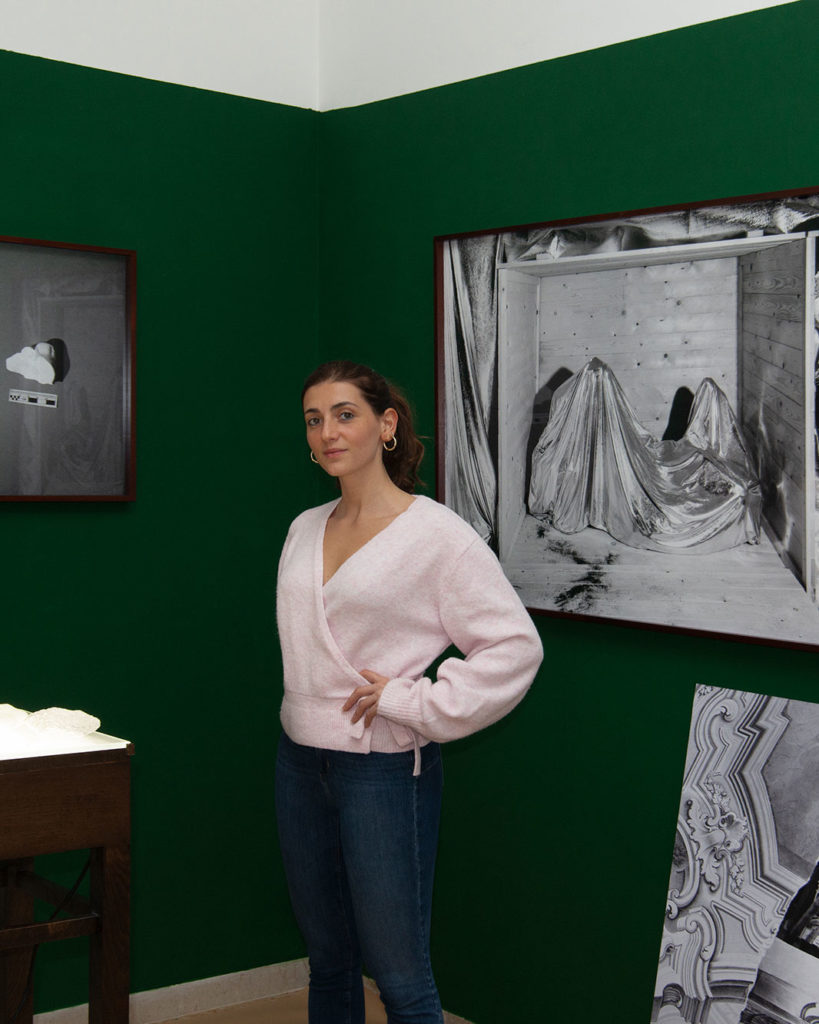
Giulia Parlato, Portrait of the Photographer
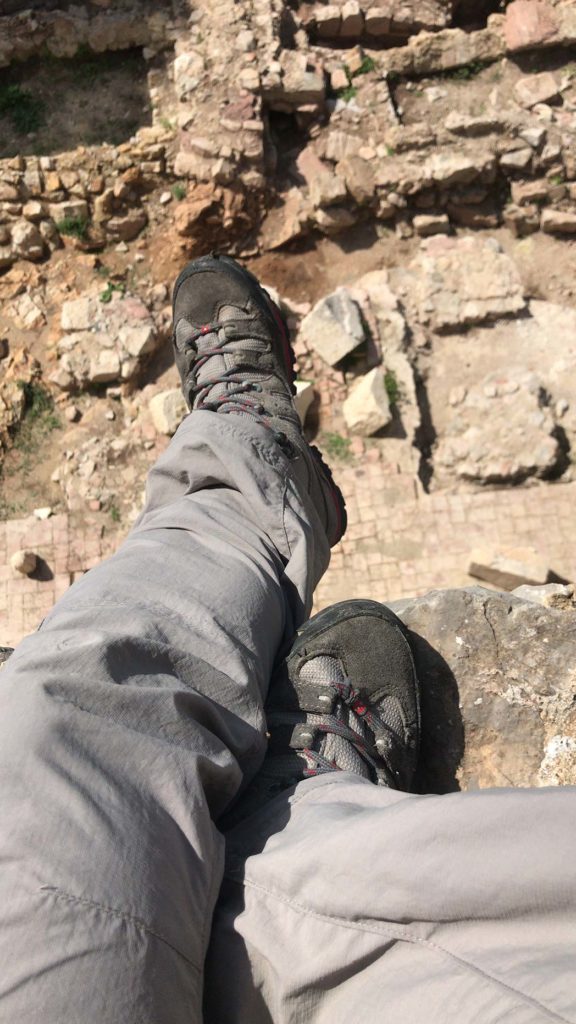
Shooting day, Terravecchia archeological dig, 2019
Tell us about yourself, what's your background?
I'm an Italian visual artist based between London and Palermo. I've graduated from the BA(Hons) Photography at London College of Communication in 2016 and from the MA Photography at the Royal College of Arts in 2019. I think I've always wanted to be an artist of some sort. When I was a child I used to draw all the time. I don't remember specifically when I decided to focus on photography but it was in my teenage years. However it was only during my MA at the Royal College of Arts that I discovered what my practice is about and how to go about it.
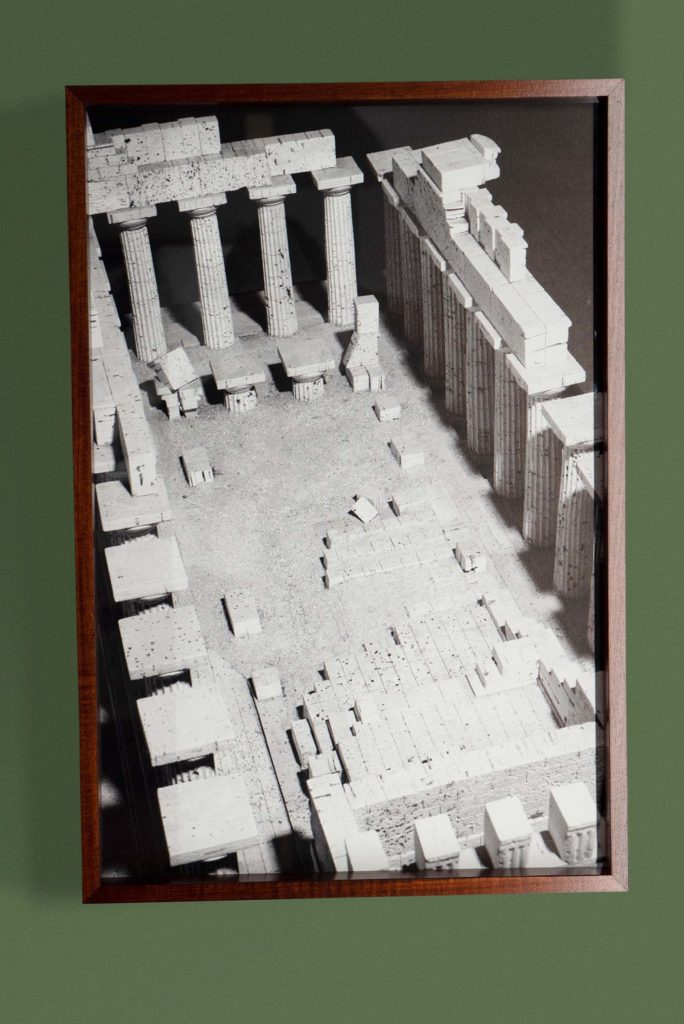
Wunderkammer, 2019, Giclèe print, mounted on forex, lime wood frame, spacer and glass. 59,4x47,4cm. Diachronicles, Solo Show at Palazzo Rasponi 2, Ravenna, Italy, 2020.
"I analyse the historical use of photography as a document of truth, specifically in its scientific and forensic uses, and challenge this language, by creating a new space in which staged scenes take place. The melancholic and frustrating state, caused by humans’ impossibility to understand the past constitutes the foundation of my work."

Box, Diachronicles, 2019, Giclèe print, mounted on forex, lime wood frame, spacer and glass. 130x86 cm. Solo Show at Palazzo Rasponi 2, Ravenna, Italy, 2020.
What are you currently working on and where did the inspiration for it come from?
I'm currently collaborating with 3D artist Giuseppe Alaimo on a video piece depicting a computer generated forgery. The inspiration came a long time ago while I was conducting independent research at the Warburg Institute in London.
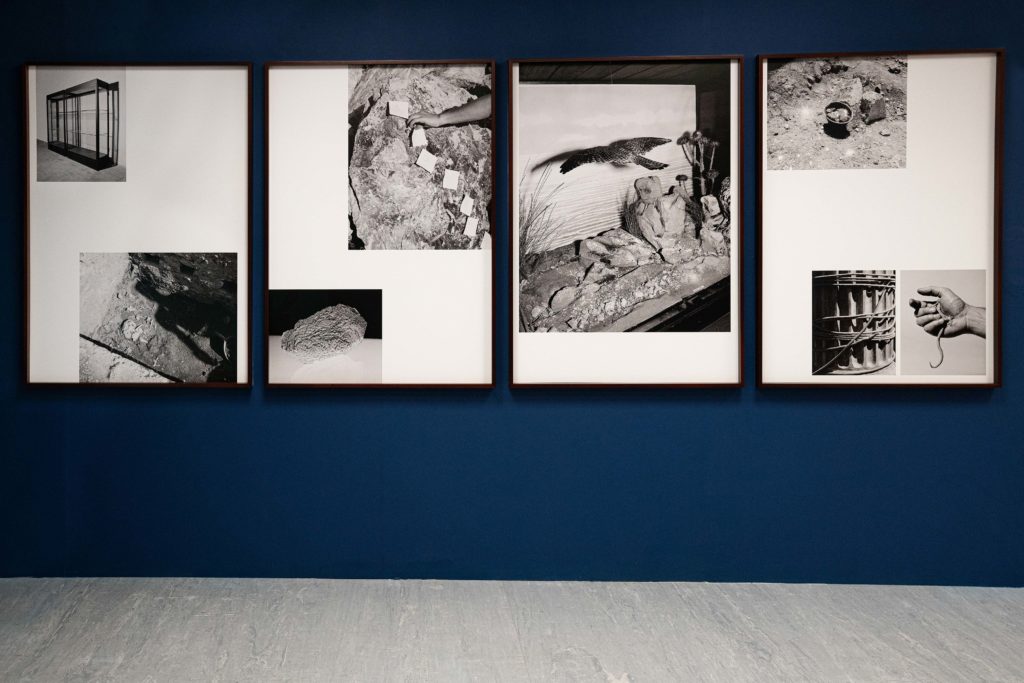
Diachronicles, 2019, Giclèe print, mounted on forex, lime wood frame, spacer and anti reflective glass. 88x121cm each. RCA Show, Royal College of Art, London.
Innovation does not only happen in the field of technology — it occurs everyday in an artist's practice. What do you do for inspiration?
Mostly listening to music, visiting places and reading. I have a few key books that I always revisit when I need to find inspiration.
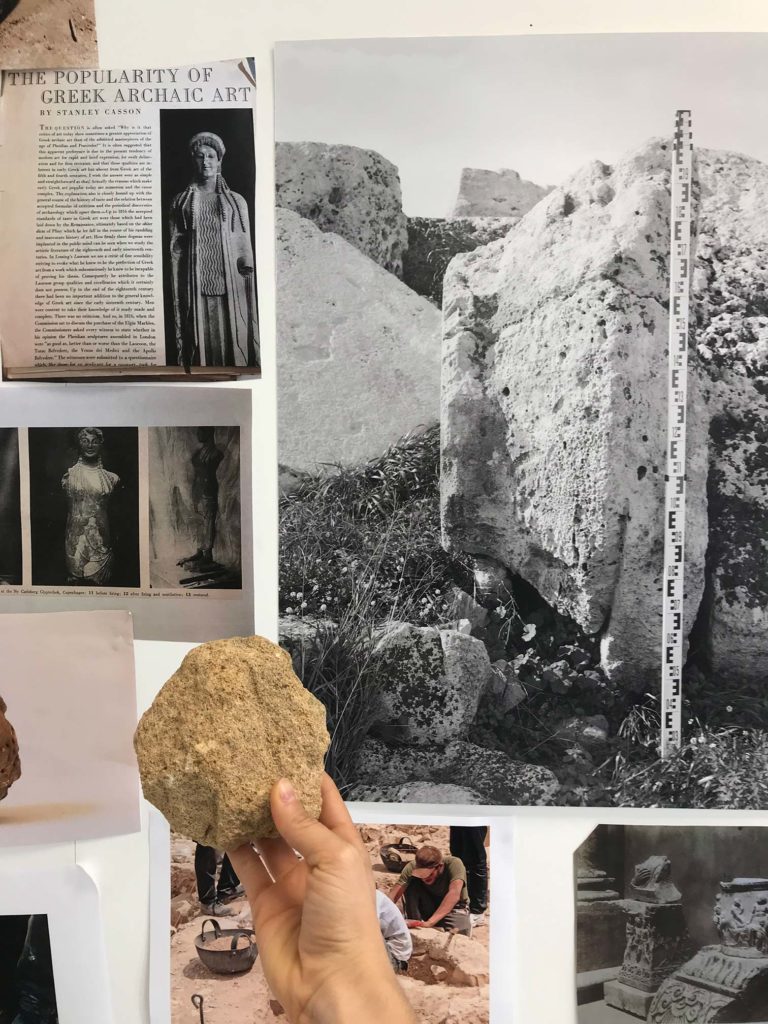
studio wall first stages research for "Diachronicles", 2018
Where do ideas start for you? In the studio or being in the world?
My practice delves into histories, myths and cultural heritage, involving photography and video. I analyse the historical use of photography as a document of truth, specifically in its scientific and forensic uses, and challenge this language, by creating a new space in which staged scenes take place. The melancholic and frustrating state, caused by humans’ impossibility to understand the past constitutes the foundation of my work.
My practice is influenced by the Arab-Norman Sicilian heritage and aesthetics and Aby Warburg’s studies on the history of art.
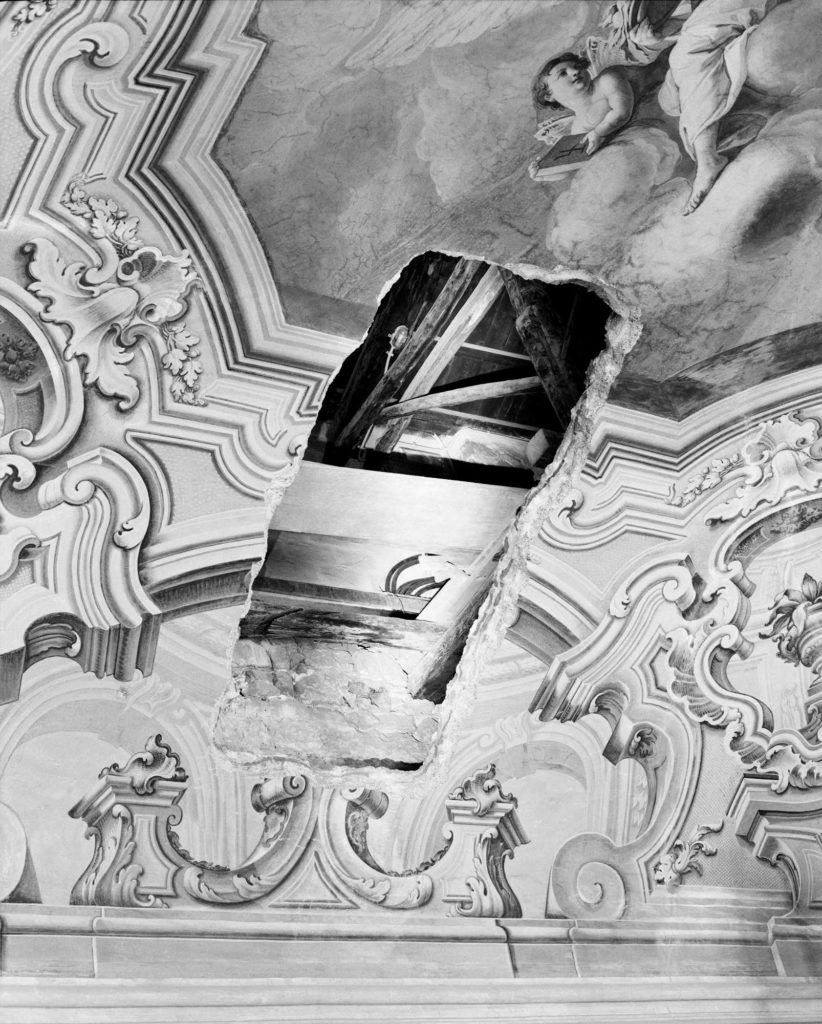
Diachronicles, 2019/2020, Analogue Photography
I usually start a project in the studio with secondary research and then I carry on outside in the world with some primary research and test shots. I like to make shooting lists.
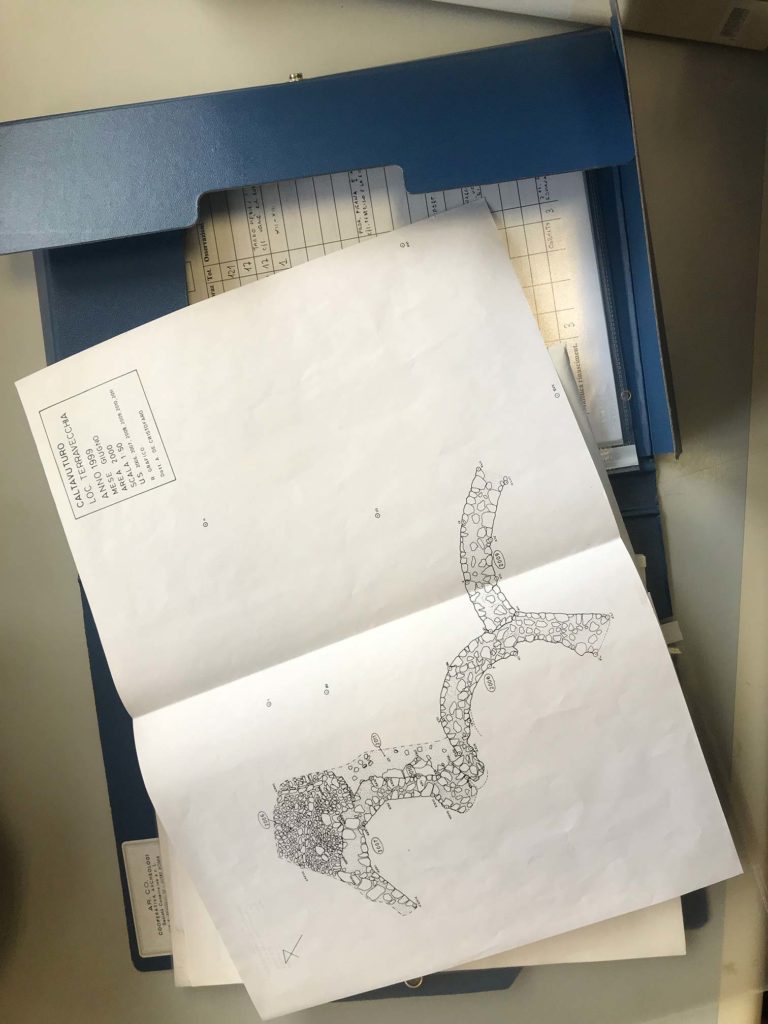
researching archeological reports
How do you make your work? Where do you start and how does the process evolve?
I like to have a very long shooting list to visualise the body of work in my head. Then I condense my shooting days, photographing uninterruptedly. I start by taking the photos I had on my list and then I see how things can unfold. For “Diachronicles”, I took the images in a studio in London and on locations in Sicily but it varied. Sometimes something worked in an actual museum, other times I have used my garden.

researching photographic documentation of archeological dig
However, I’m able to produce the work I’m driven to, through contacting a lot of people, for official requests and research purposes. I then engage with specialists during the shooting process, often including them in the frame. I have always found this part the most interesting in the end: to use image making to learn any random topic though direct experience and dialoguing.
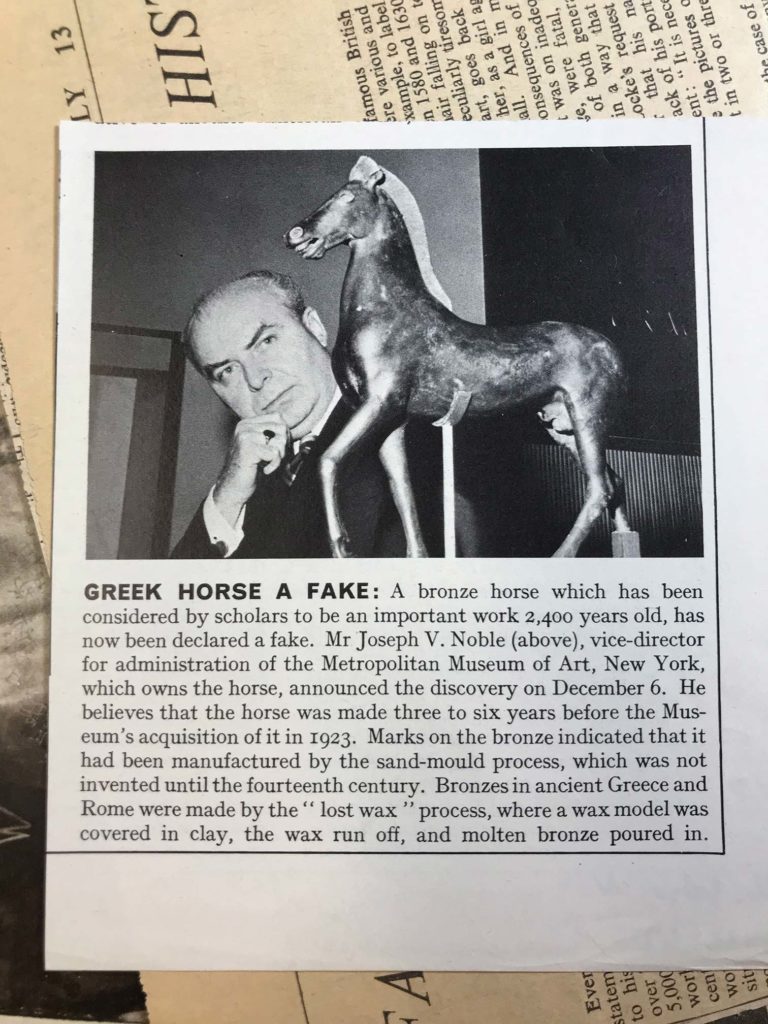
researching articles about forgeries
Usually, my process of making an image is really slow and constructed. I’m attached to that romantic idea of something extraordinary only happening for the camera, something that would have never taken place otherwise. I also tend to work by taking things out of the frame, subtracting information. At the same time, I want to leave that percentage of accident which I have learned through the years to be so important. Even if staged, I aim for a photograph to express freedom and immediacy.
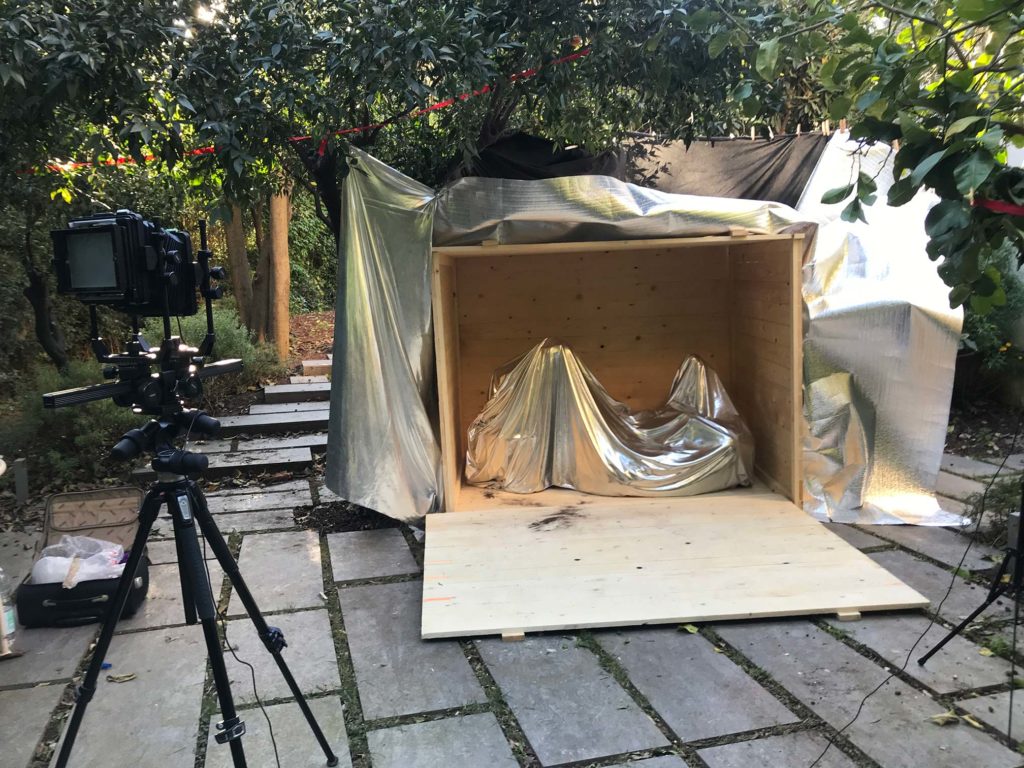
shooting day, staging objects
Many artists live by their creative routines, do you have your own studio ritual? What does that look like for you?
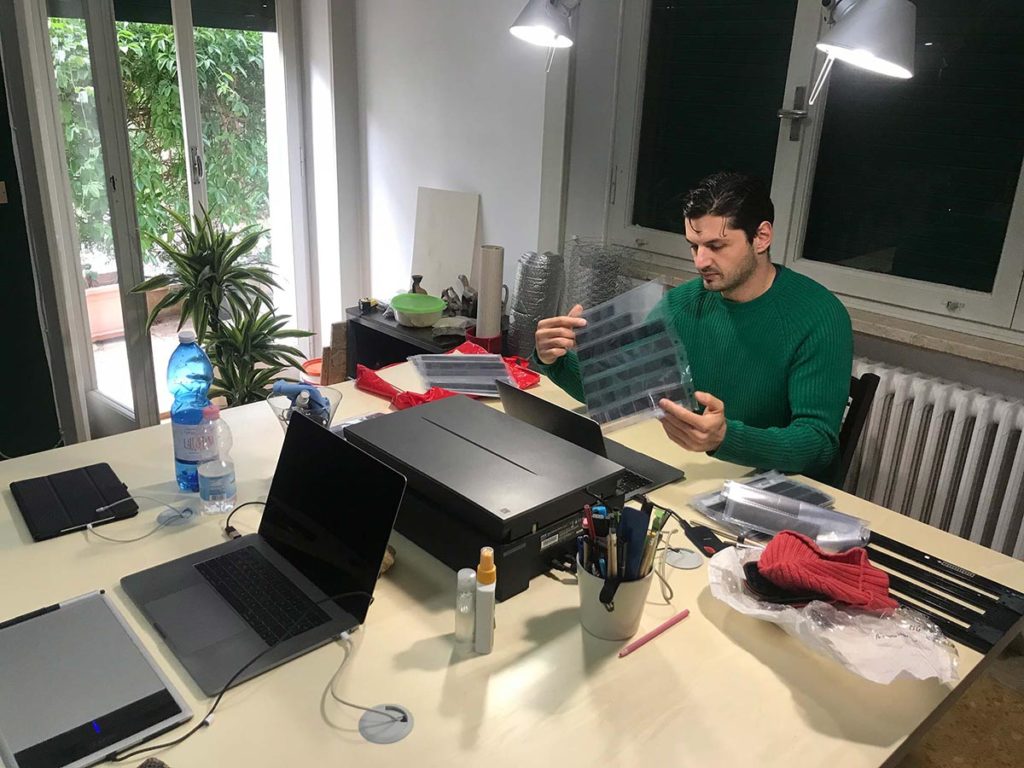
I only recently got a studio space so I don't have particular rituals. I love to spend time there and mentally it was great to have a place I could go to. I used to work from a small desk in my bedroom and now having space to take install shots, store materials and have a massive working table seems like a dream.
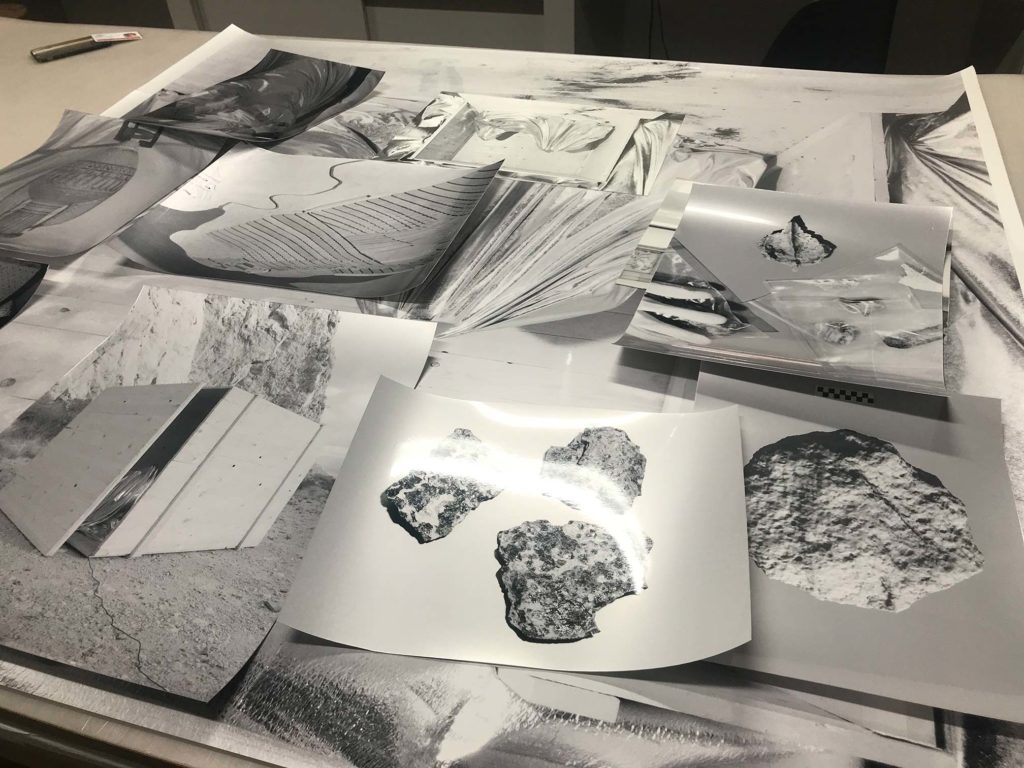
testing papers
Who are your biggest influences?
I admire many people. I don't know who my biggest influences would be. Sophie Calle, Sarah Moon, Haris Epaminonda, Batia Suter…I love them all. In term of mentors definitely my uncles. I look up to them a lot. They taught me many things and they are the first people I go to talk about art or life related things. Then my former MA and BA tutors Tom Lovelace and Tom Hunter, who are both incredible artist and human beings, always open to help and talk things through. I admire their dedication to both their role within academia and in their art practice.
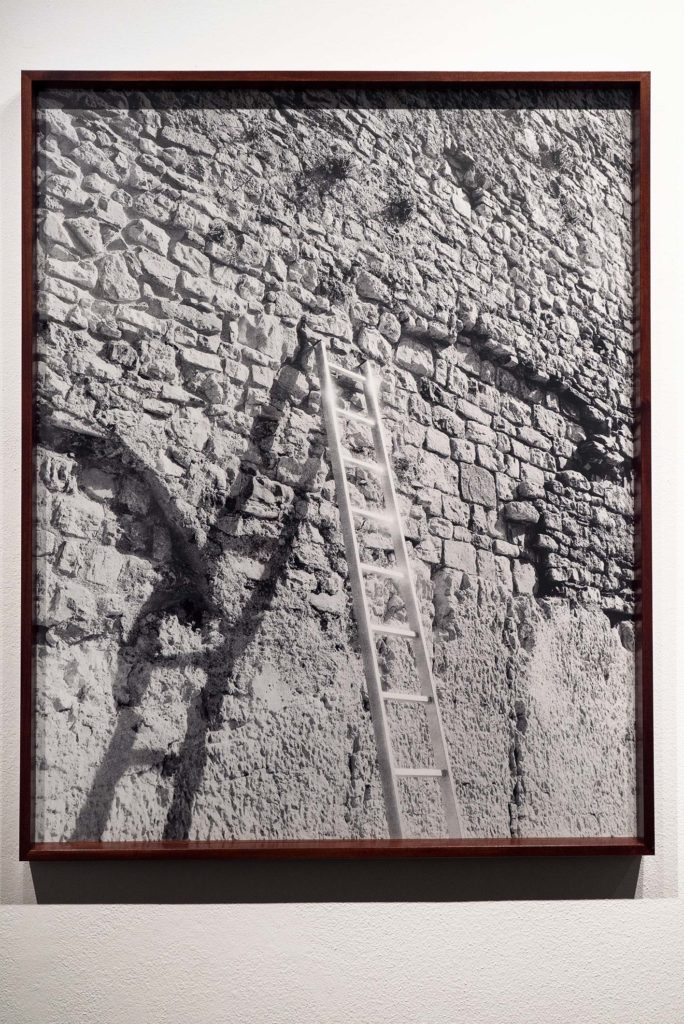
Ladder, Diachronicles, 2020, Giclèe print, mounted on forex, lime wood frame, spacer and glass. 100x80 cm. Solo Show at Palazzo Rasponi 2, Ravenna, Italy, 2020.
Are there books or films that are an important source of inspiration?
I take inspiration from many different sources: paintings. movies, archives, museums visits. I would say that my sources of inspirations are in constant rotation but there are two photography projects which I always go back to for reference which are Evidence by Larry Sultan and Mike Mendal and Holy bible by Adam Broomberg and Oliver Chanarin. In terms of music I listen to classical music a lot when working. It helps me to enter my own creative dimension and visualise images (a tradition that came from my father). Another main influence is art historian Aby Warburg and video games.
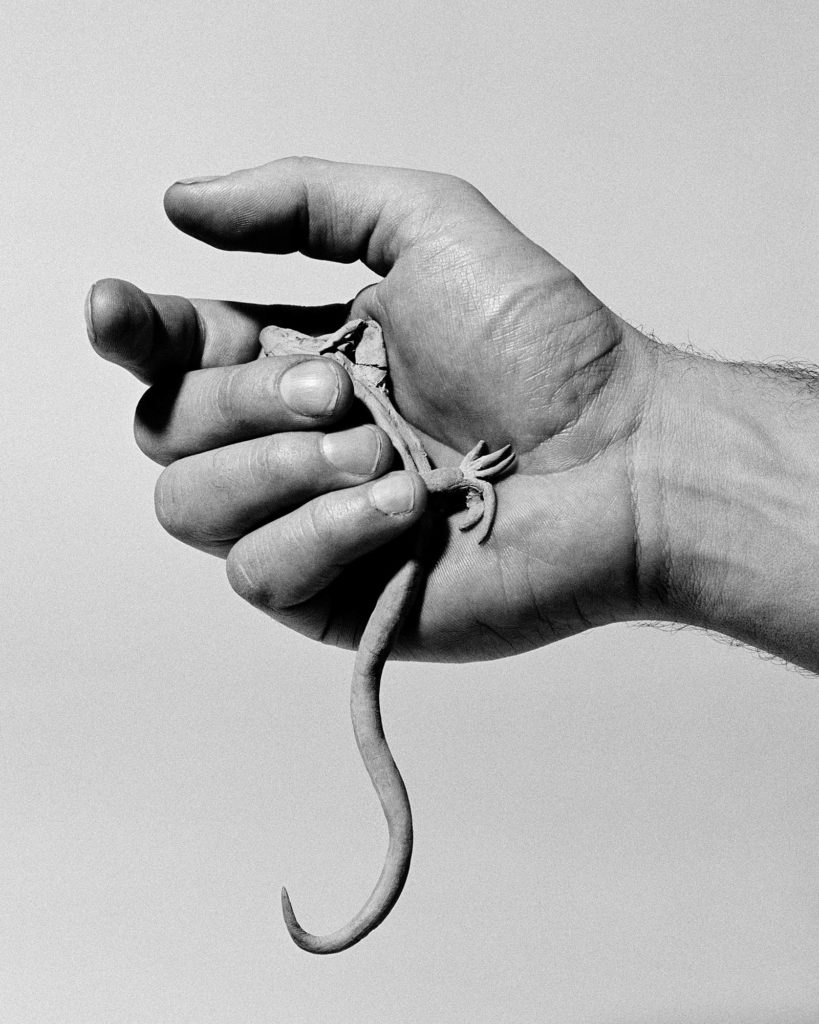
Diachronicles, 2019/2020, Analogue Photography
How will Innovate Grant contribute to your practice?
Receiving this grant at the end of this complicated year will definitely allow me to carry on with my project, which I had to pause, and start 2021 with more positivity. It makes me so happy knowing that there are people out there who believe in what I do and want to support my practice. Thank you so much Innovative Grant.
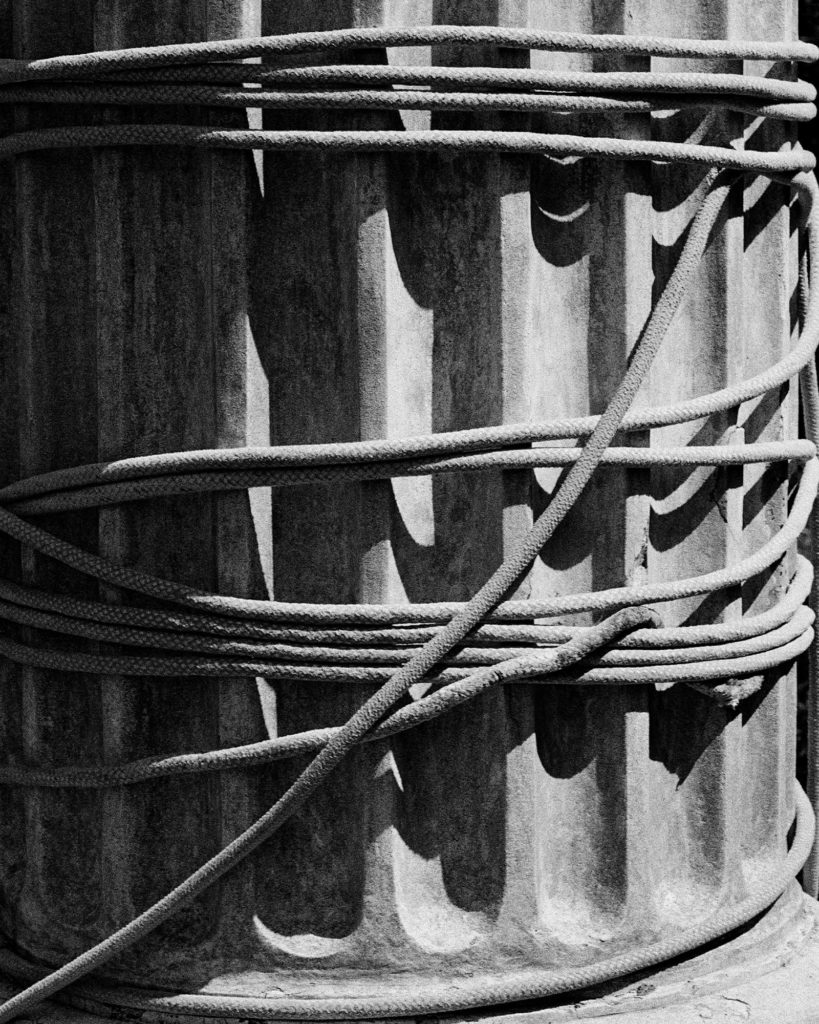
Diachronicles, 2019/2020, Analogue Photography
What’s the best piece of advice you’ve been given?
My mother always tells me to worry less and don't take things too seriously and I think she is right.
What is the best advice you would give to other artists?
Don't wait for things to happen. Build a network of support around you and be inventive in creating your own opportunities. Things will follow. Also treat your art practice with diligence. Be organised and methodic but remember not to overload yourself.
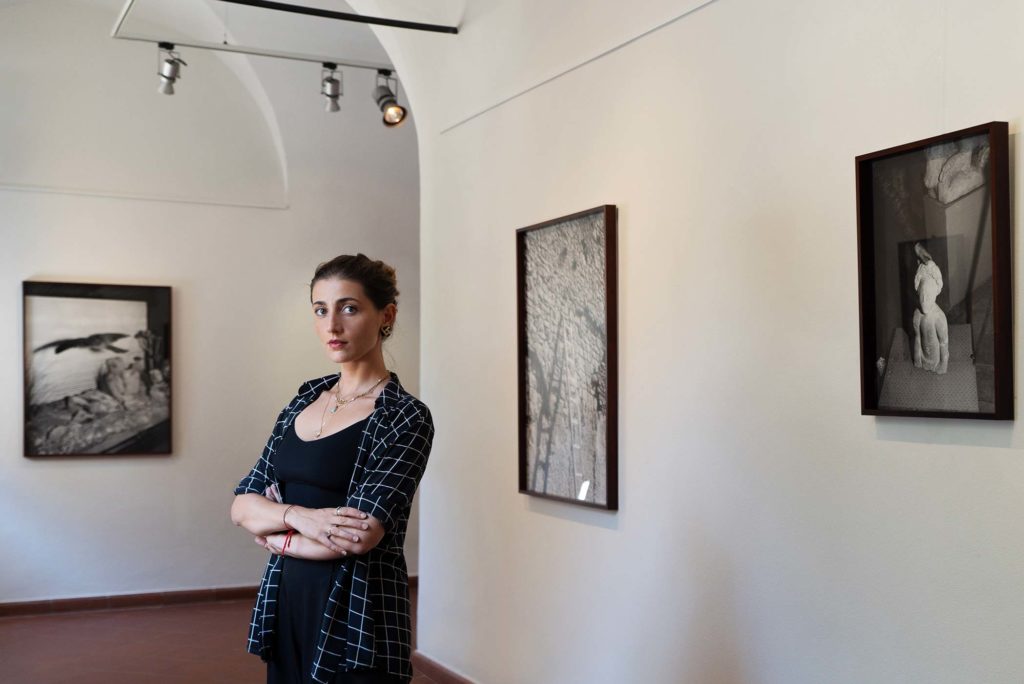
Portrait of the Photographer by Matthew Rhys Thompson
View Giulia Parlato's Portfolio
Stay up to date with Giulia Parlato
Instagram @giuliaparlato
www.giuliaparlato.com